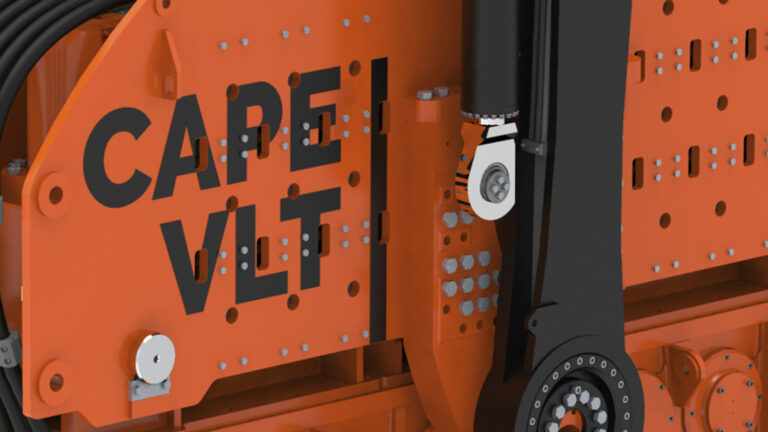
CAPE Holland’s technology combines certified upending, lifting, and vibro driving to optimise the installation of foundation piles for offshore wind turbines, the company said.
This quiet installation technology is mainly used on the Moray West project to mitigate the risk of pile run which is an ever-increasing risk with the increase in size of the monopiles, according to the press release.
The CAPE Vibro Lifting Technology is a solution that combines a vibro hammer with a certified lifting tool. This allows for the monopile to be lifted and installed vertically, without the need for additional equipment to support the pile, reducing the risk of damage to the monopile.
The technology has been used on a number of offshore wind projects, including the Formosa wind farm in Taiwan and the Kaskasi project in Germany.
The monopiles will be manufactured by the Navantia-Windar consortium and China-based Dajin Heavy Industry.
The monopiles will have an approximate length of 90 metres, a maximum diameter of 10 metres, and a maximum weight of 2,000 tonnes.
The Moray West offshore wind farm will comprise 60 Siemens Gamesa 14.7 MW wind turbines and two offshore substations, all installed on monopile foundations.
The project, set to start generating power in 2024, is being developed by Ocean Winds, a 50:50 joint venture between EDP Renewables and Engie.